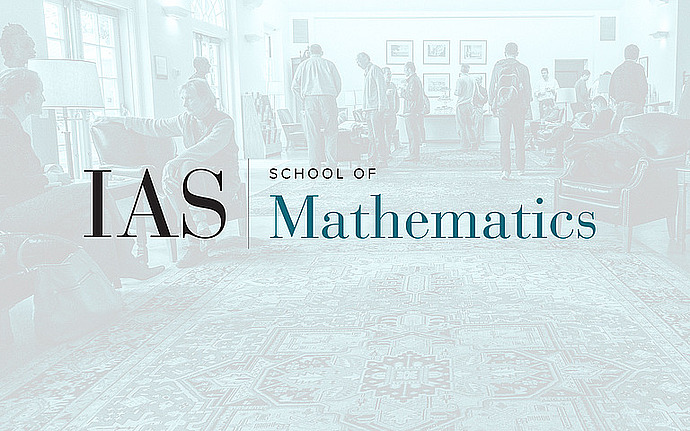
Special Year Research Seminar
Polynomial Patterns in Finite Fields: a Dynamical Point of View
In its dynamical formulation, the Furstenberg—Sárközy theorem states that for any invertible measure-preserving system $(X, \mu, T)$, any set $A \subseteq X$ with $\mu(A) > 0$, and any integer polynomial $P$ with $P(0) = 0$,
$$c(A) = \lim_{N-M \to \infty} \frac{1}{N-M} \sum_{n=M}^{N-1} \mu \left( A \cap T^{P(n)}A \right) > 0.$$
The limit $c(A)$ obtains the ``correct'' value $\mu(A)^2$ when $T$ is \emph{totally ergodic}. In fact, when $T$ is totally ergodic, one has an ergodic theorem for polynomial actions: for any integer polynomial $P$ and any $f \in L^2(\mu)$,
$$\lim_{N-M \to \infty} \frac{1}{N-M} \sum_{n=M}^{N-1} T^{P(n)}f = \int_X{f~d\mu},$$
where the limit is taken in $L^2(\mu)$.
We will explain that the correct notion of total ergodicity for polynomial actions of more general rings depends on the dynamical behavior of actions along finite index ideals. From this point of view, the action of a large finite field on itself is asymptotically totally ergodic, since the index of the only proper ideal $\{0\}$ grows with the size of the field. Guided by ergodic-theoretic results about polynomial (multiple) recurrence in totally ergodic systems, we then obtain several new results about polynomial configurations in large subsets of finite fields.
Based on joint work with Vitaly Bergelson.